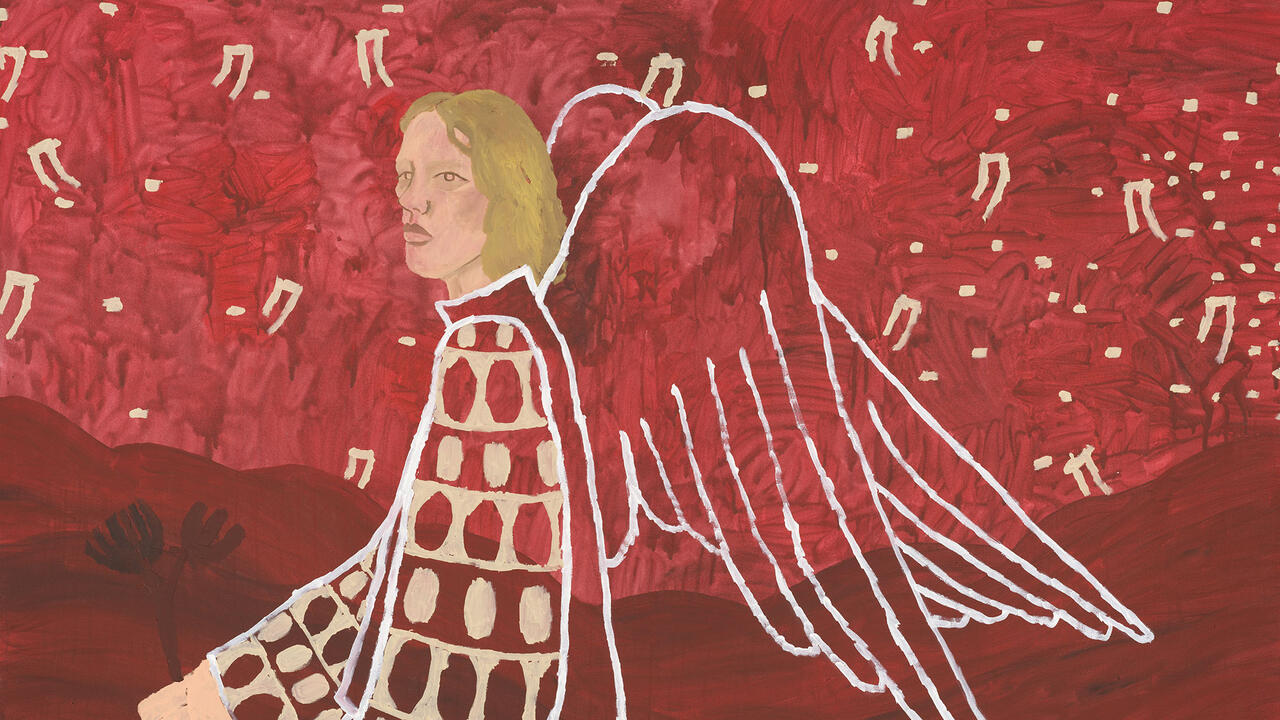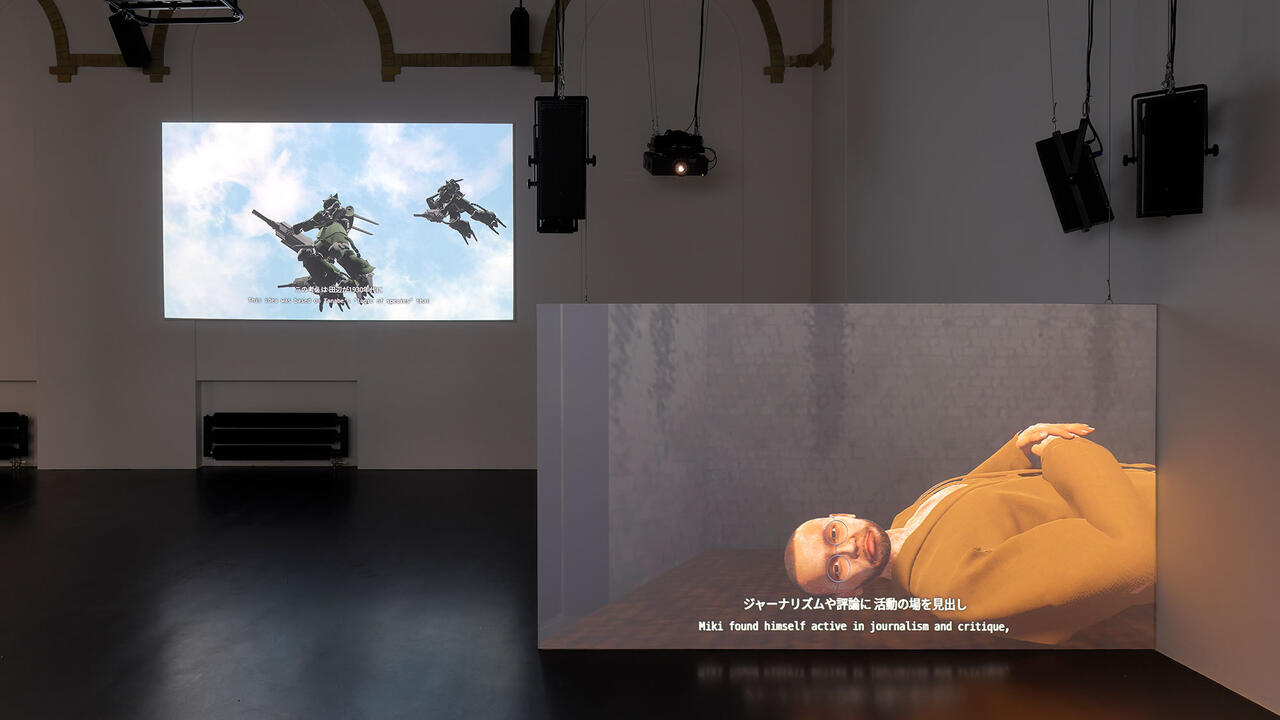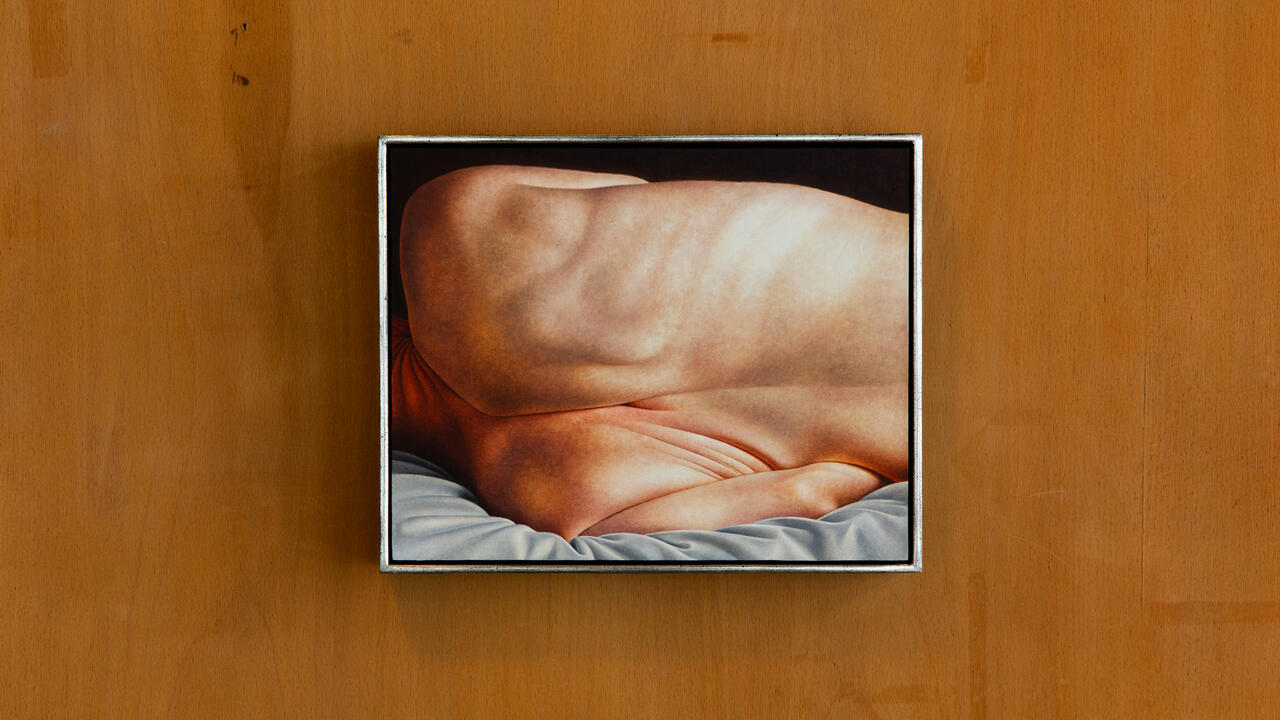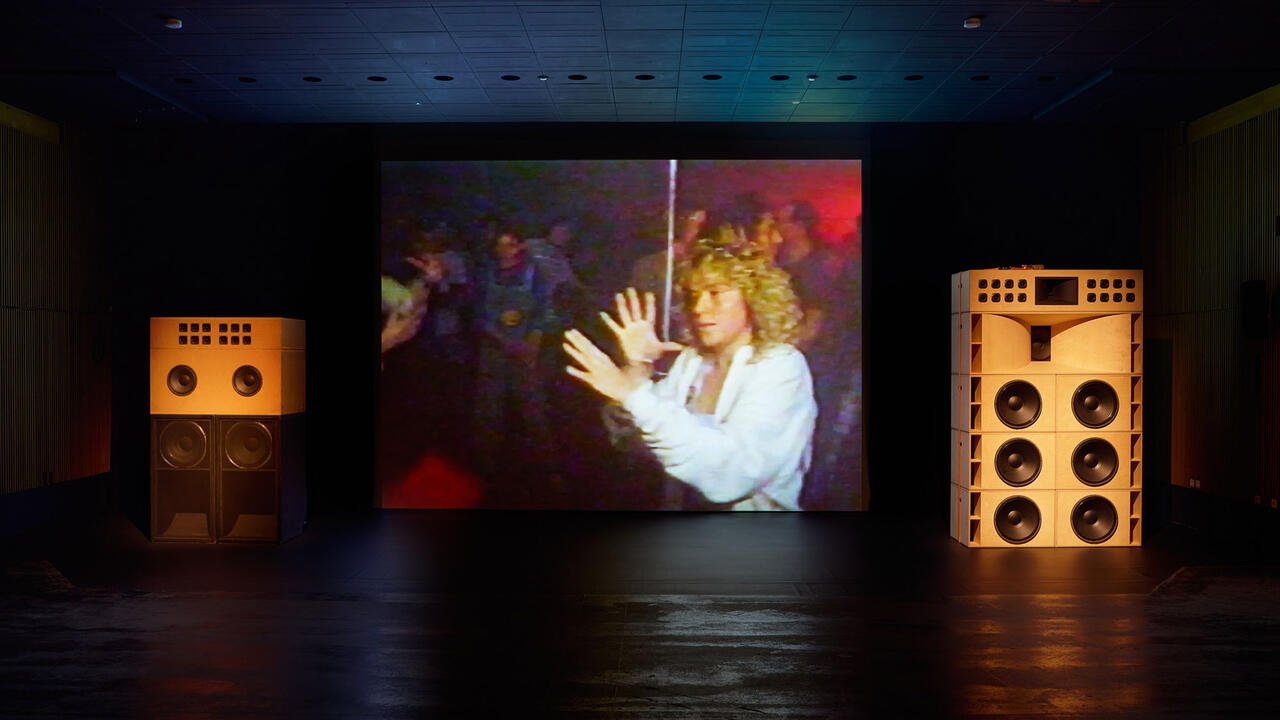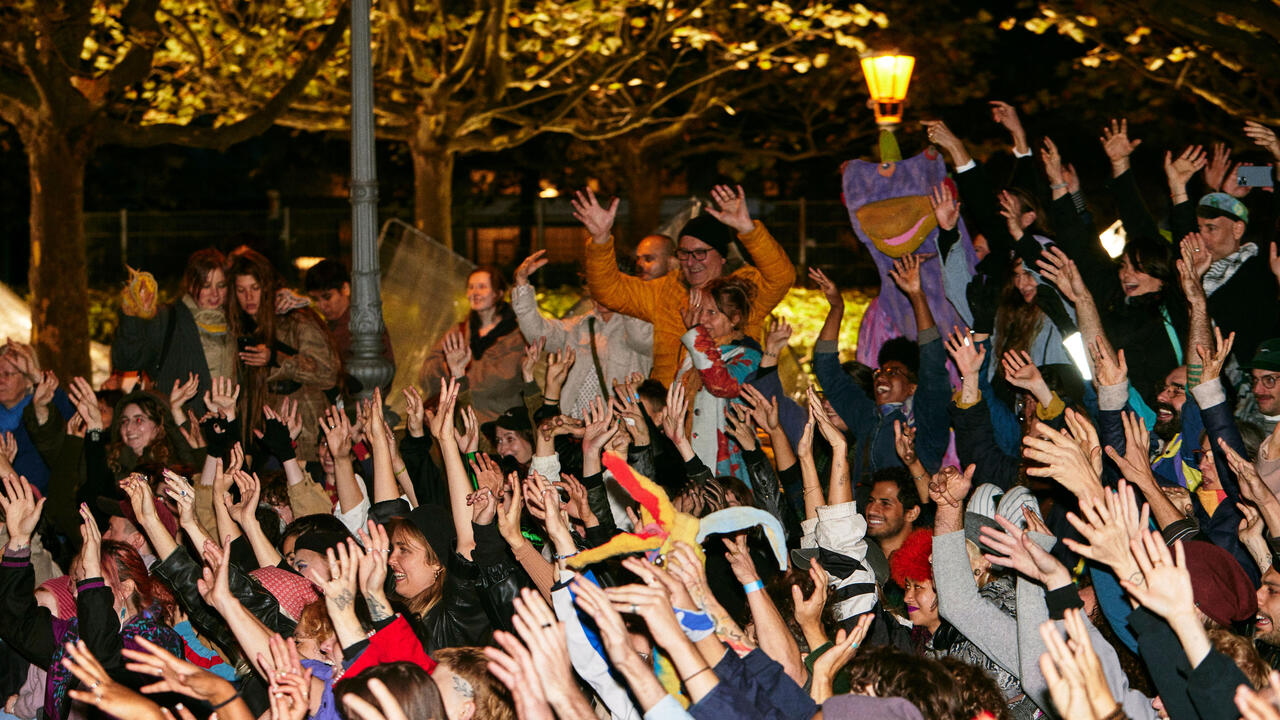What Art Spaces Can Learn From Legendary Berlin Nightclub Berghain
‘Contemporary art institutions should stop looking to museums or theatres as role models and, instead, learn from nightclubs’
‘Contemporary art institutions should stop looking to museums or theatres as role models and, instead, learn from nightclubs’

- Part of frieze magazine’s 200th issue. Read more from the landmark issue here
In early 2017, I went for the first time to Berghain, the behemoth power plant-turned-international-beacon-of-hedonism, founded in 2004 in Berlin. Among people of varied backgrounds attempting to achieve personal and collectivized pleasure, I oscillated between participant and observer, and it was magical. A beautiful woman kissed me on the dancefloor, and I saw myriad groups occupying every bathroom stall. I was struck by the absence of mirrors in the entire club, and how the lack of any reflective surfaces slyly denied us the typical retreat back into ourselves and also liberated us from self-consciousness. Though nothing seemed overly designed in this raw industrial space, I became acutely aware of the space’s timelessness and the possibilities of entanglement with my fellow partygoers.
Stumbling out of the club into daylight, I became convinced that contemporary art institutions should stop looking to museums or theatres as role models and, instead, learn from nightclubs. Whereas traditional cultural institutions still rely on linear time, nightclubs are at their most successful when they free you from all temporal awareness. The best parties are those in which you find yourself dancing and sweating with people you would rarely interact with in everyday life. In contrast, museums and theatres fail, despite their best efforts, to challenge the class divisions of their audiences.
You don’t go out at night to learn; you go out to have new experiences. How would an art space look and feel if it could truly break down the alienating barriers of class, capitalist temporality and individualism? Could we create spaces for new collective experiences by radically rethinking opening hours and access; by allowing sound to play as important a role as the visual? If contemporary art institutions want to be truly contemporary, foster new ideas, alternative temporalities and new modes of bringing people together, then they need to stop fetishizing theatres and museums and start partying.
Main Image: Berghain, 2014. Courtesy: Wikimedia Commons
- Part of frieze magazine’s 200th issue. Read more from the landmark issue here










